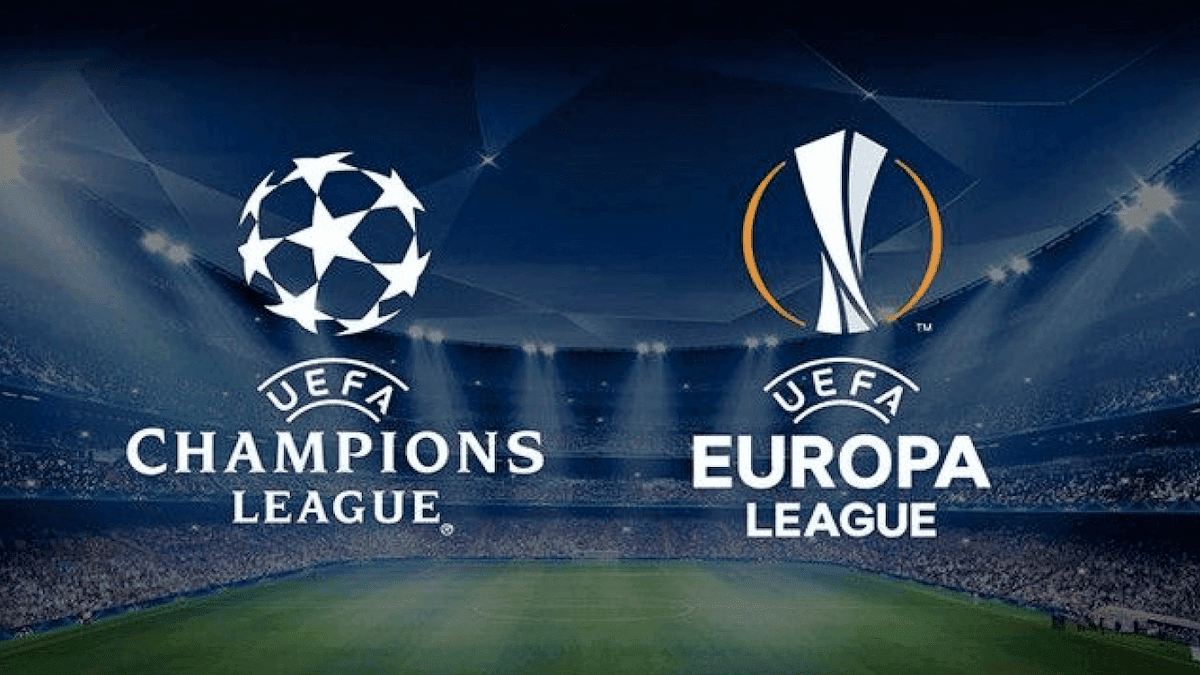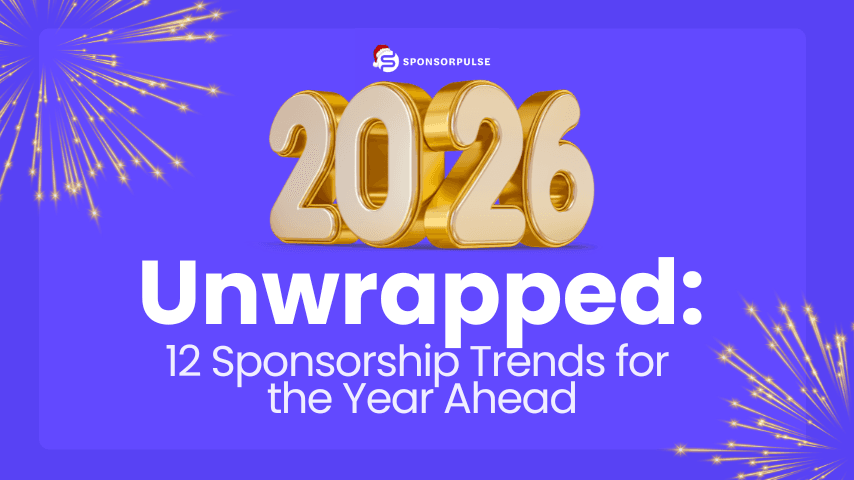Comparing UEFA's Champions League and Europa League

With the 2020/2021 UEFA Champions League and Europa League campaigns beginning this week, we took the opportunity to compare the two major club competitions across some of the largest European markets to see if either property has the upper hand.
Although last year’s UEFA Champions League (UCL) and Europa League (UEL) feel like they just finished a few weeks ago (because they did), this week marks the beginning of the2020/2021 UCL and UEL international competitions. The two major annual club competitions will kick off Matchday 1 across much of Europe and will be broadcasted on various networks across the entire globe. Fans who are looking for a sense of normalcy can expect to see 30% of the stadiums filled with home supporters as the UEFA Executive Committee passed a new rule after a successful UEFA Super Cup held in Budapest on September 24th. While there is no doubt that every team strives to challenge for the Champions League trophy, UEFA has done a great job over the past decade in making the Europa League another revered competition and title.
Considering the UEFA Super Cup technically matches the victors of the two competitions against one another in a single-match event, we decided to use our data to measure the UCL and the UEL across some of Europe’s largest markets to see how they compare off the pitch through a sponsorship opportunity lens.
Europa League falls behind, but not by much
In 2009, UEFA made some drastic changes to its second-tier club competition. Formally known as the UEFA Cup, the European soccer organizing body decided to modify the competition to make it more appealing and marketable to the public. They restructured its format, its title, the logo, and even the corresponding anthem. As a result, the UEFA Europa League has become a revered title that has gained immense popularity and traction over the years. Although technically still a second-tier competition ,there is nothing that is second rate about it. The UEL has grown large enough to attract major partners such as FedEx, Heineken, Kia, Enterprise, and Hankook. In fact, our data shows that the Champions League only outperforms the Europa League in 3 of the 5 largest European markets, and not by much.
The chart above displays the SponsorPulse Opportunity Scores of the UCL and the UEL in 5 of Europe’s largest markets. As demonstrated, the Champions League still reigns supreme over its sister competition in almost every country. However, it is interesting to take note of the strength that the Europa League brand has built for itself. In fact, the UEL presents a greater opportunity for sponsorship in Germany than the UCL, and an equal opportunity in Italy. To the other three nations (France, Spain, &UK) it falls just short.
UEL trumps UCL in Germany
Perhaps the biggest surprise to anyone looking at the numbers is that the Europa League presents a greater sponsorship opportunity in Germany than the Champions League. With our data, we can break down the relationship consumers have with both properties into 7 key metrics to help evaluate overall reach, affinity, and purchase consideration. The shot below is taken directly from the SponsorPulse platform and displays the Opportunity Score of the two soccer competitions in Germany, along with the 7 key metrics in a user-friendly format.
As we can see, both competitions have relatively equal levels of Engagement, Intensity, and Passion among consumers. Where the Europa Leagues separates itself is in the Momentum and Favorability categories. Momentum, a leading indicator of future growth, demonstrates the % of consumers who believe their interest in the property will grow over the next 12 months. The UEL scores 7% higher in this metric than the UCL, presenting a promising future for sponsors and partners looking to get and/or stay involved. Our Favorability metric is defined as the percentage of those engaged who are more favorable of a brand that sponsors the property in away that they like. This typically measures the attitudinal aspect of sponsorship and lets decision makers know if their association with a property is going to lead to a greater perception of their brand. The Europa League scores moderately higher than the Champions League in this category, 17% to 14%, which signifies that German consumers are slightly more favorable towards brands that sponsor the UEL over the UCL. All things considered, both soccer properties present valuable opportunities to connect with German consumers through sport.
Italian ‘passione’ saves the day for Europa League
In Italy, the UEFA Europa League and Champions League both register a SponsorPulse Opportunity Score of 50,making them equally valuable for brands looking to connect with Italian sport consumers. The international club competitions rank third and fourth respectively across all sport opportunities in Italy, falling shy of only Serie A and Moto GP. Although the Champions League has slightly higher Engagement, Consideration and Favorability ratings than its sister competition, the Europa League scores significantly higher in Passion. One of our key emotion metrics, Passion provides insight into how strongly people identify and connect with the property. Although the UCL registers a Passion rating of 19%, the UEL scores 28%; meaning almost 1-in-3 Italians who engage with the property are passionate about the European soccer competition. The UEL also scores slightly greater in Momentum and Excitement metrics, assuring sponsors that interest and excitement in the property will continue to grow.
UEFA continues to prove dominant
For those who do not know, the Union of European Football Associations (UEFA) is the administrative body responsible for all-things soccer in the continent of Europe (and parts of Asia). One of the six continental confederations, it is by far the second-most powerful governing body in soccer next to FIFA. UEFA organizes and runs some of the largest national and club competitions in the world, such as the UEFA European Championship, the UEFA Nations League, the UEFA Champions League, the UEFA Europa League, and the UEFA Super Cup. With this suite of premier competitions, it is easy to understand the influence this organization has among consumers. UEFA competitions are some of the most spectated events globally, and any brand looking to build their sport portfolio through a property that generates international excitement and engagement is safe doing so through a partnership with any of the aforementioned competitions.
For more data on UEFA competitions, international soccer properties, and all things sport; visit www.sponsorpulse.com.


